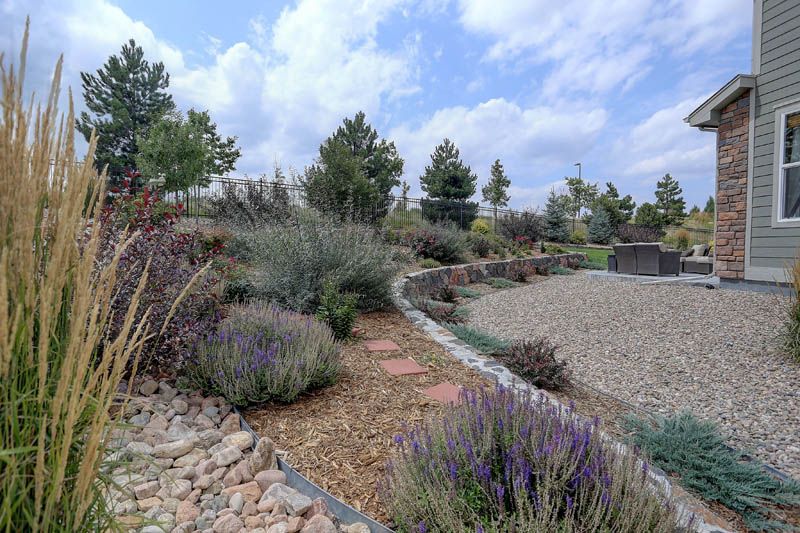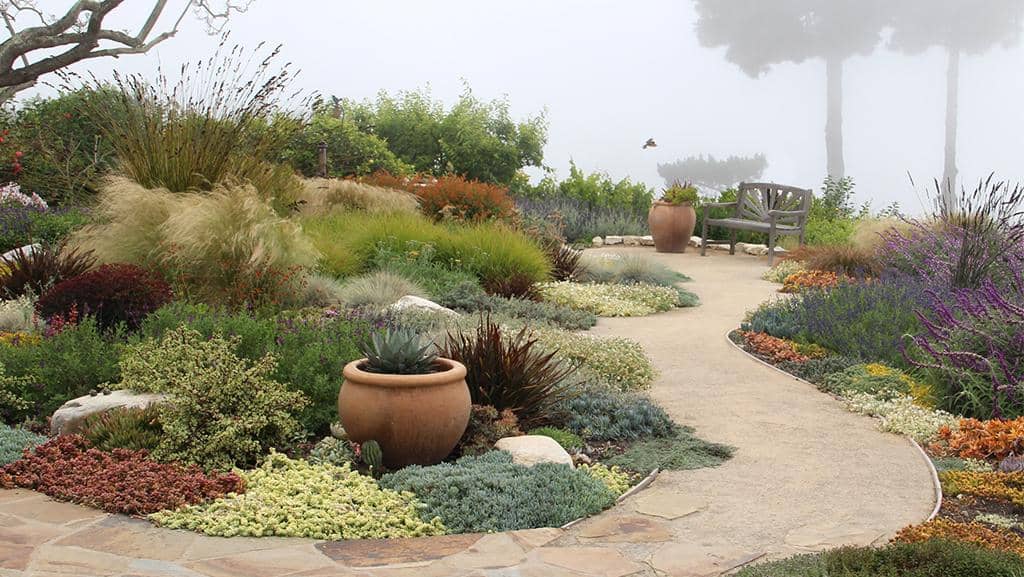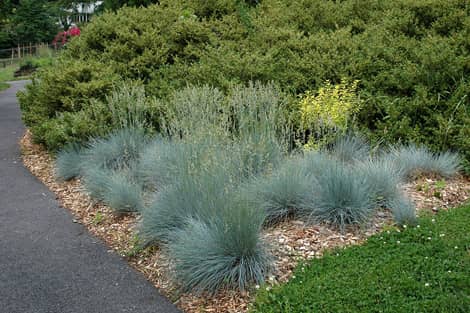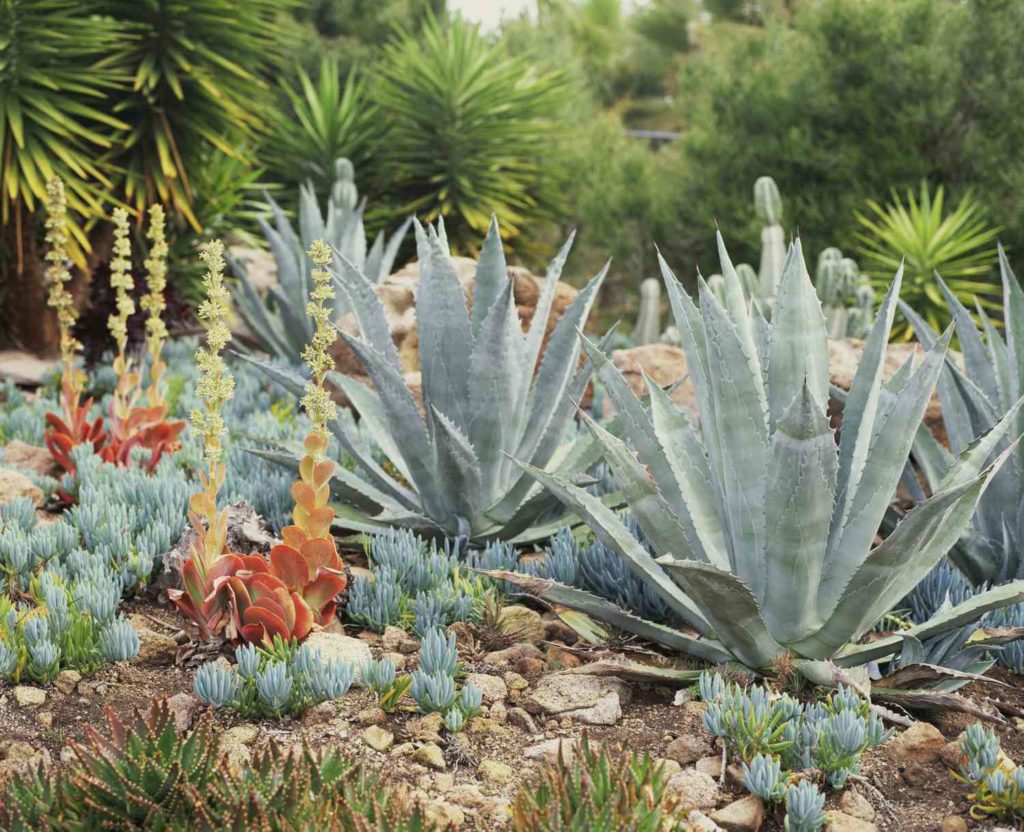
What is Xeriscaping?
If you could pick one word to describe Colorado’s climate, it’d probably be dry. Denver and Colorado are known for ‘300 days of sunshine’ which means there isn’t much moisture for the Centennial State. High altitude and lack of moisture don’t make for the best growing conditions for your Colorado garden, and you don’t want to pay for hundreds of gallons of water to keep your plants green – so what do you do?
This article serves as a beginner’s guide to xeriscaping, making drought-tolerant landscaping accessible for those new to the concept.
You should consider xeriscaping. Now a worldwide gardening category, the term ‘xeriscape’ was coined by Denver Water and comes from the Greek word ‘xeros’, meaning ‘dry’. But Mile-High City residents have plenty of misconceptions about xeriscaping and what you can achieve with little to no supplemental water. Let’s learn more about xeriscaping, including what it is, how it suits Colorado, and tips on your xeriscape options.
Xeriscape landscaping is a water-efficient approach that minimizes turf grass and emphasizes the use of drought-tolerant and native plants, making it ideal for conserving water in dry climates like Colorado.
Benefits of Xeriscaping

Xeriscaping is a landscaping method that brings a host of advantages to homeowners, especially in semi-arid and arid climates like Colorado. One of the most significant benefits is water conservation. By designing your yard with drought-tolerant plants, native plants, and efficient irrigation, you can dramatically reduce water usage—sometimes by as much as 50%. This not only helps save water and lower your water bills, but also supports broader water conservation efforts in urban areas where every drop counts. Denver Water, a leader in water-wise gardening, recommends xeriscaping as a smart way to conserve water and protect local resources.
Another major benefit of xeriscaping is the reduced maintenance it requires. By choosing drought-resistant plants and native vegetation that thrive in the local climate, you’ll spend less time watering, mowing, and fertilizing. These low-water landscape options are perfect for busy homeowners who want a beautiful yard without the constant upkeep. Ornamental grasses, cacti, and other drought-tolerant plantings are not only resilient in dry conditions, but also add texture and seasonal interest to your landscape.
Xeriscaping also enhances curb appeal while benefiting the environment. Using native plants and drought-tolerant landscaping techniques helps improve air quality, reduce the need for pesticides, and create a welcoming habitat for local wildlife. By minimizing water evaporation and runoff, xeriscape gardens help maintain healthy soil and prevent erosion, making your yard more sustainable in the long run.
To create a thriving xeriscape garden, it’s important to select the right plants for your local climate and group plants with similar water needs together. The seven principles of xeriscaping—planning and design, soil analysis, efficient irrigation, appropriate plant selection, mulching, pruning, and maintenance—provide a helpful roadmap for anyone looking to start a water-wise garden. By following these guidelines, you can create a vibrant, low-maintenance landscape that saves water and looks great year-round.
Whether you’re a beginner or an experienced gardener, xeriscaping offers a practical, eco-friendly way to create a beautiful outdoor space that thrives in Colorado’s semi-arid climate. With less maintenance, lower water use, and a positive impact on the environment, xeriscaping is an excellent choice for anyone looking to conserve water, reduce labor, and boost their home’s curb appeal.
Xeriscaping Colorado

In simplest terms, xeriscaping is a form of landscaping that requires little to no supplemental irrigation. The idea behind xeriscaping is low-maintenance plants that are native or suited to Colorado’s natural climate, and don’t require more water than comes from the sky. When starting a xeriscape project, it is important to have a plan that includes reducing or eliminating turf grass and selecting appropriate drought-tolerant plants for the best results.
Water is scarce in Colorado. Irrigation systems for thirsty plants will cost you hundreds of dollars per year while also being wasteful. Creating a sustainable and visually appealing garden through strategic plant selection and careful landscape planning is key to successful xeriscaping. Xeriscaping can result in beautiful, diverse landscapes that support local wildlife and improve environmental quality. With xeriscaping, you can bring lovely colors, a variety of textures, and beautiful species to your landscaping without exhausting the local water supply.
Misconceptions About Xeriscape
It’s Just Cacti and Rocks
Xeriscape Needs No Watering
Xeriscape Plants Colorado

To give you an idea of the color and texture you can achieve with xeriscaping, we’ve included different types of xeriscape plants that do well in Colorado.
When planning your xeriscape garden, it is important to consider sun exposure throughout your yard. Mapping areas of full sun, partial shade, and deep shade will help you select and place plants for optimal growth and water efficiency.
- Flowers – Prairie coneflower, globe thistle, Arizona blanket flower, trumpet flower, Jupiter’s beard, Rocky Mountain beardtongue. In truth, there are dozens of different annual and perennial options.
- Grasses– Blue fescue, June grass, blue grass, buffalograss, little bluestem, sideoats grama, sand love grass.
- Shrubs – Sage, saltbrush, yucca, Rocky Mountain juniper, peashrub, yucca.
- Trees – Big-tooth maple, Kentucky coffee tree, bur oak, pinyon pine, gambel oak. Including shade trees in your xeriscape garden can help reduce heat, provide thermal comfort, and lower daytime and nighttime temperatures. Xeriscaping with shade trees also helps mitigate the urban heat island effect, improving comfort during hot weather.
- Lawn Grasses – Some HOAs do not allow for Xeriscaping, so choose a drought-tolerant Colorado Bluegrass or other drought-tolerant grass species for minimum watering needs.
- Lawn Alternative – Lawns are one of the worst water guzzlers. Consider replacing thirsty non-native grass with a lawn alternative seed mix. Alternative lawn seed mix requires little supplemental water and includes clovers, wild grasses, and more. While not a traditional lawn, the alternative lawn mix is green, lush, and provides a great place for kids to play.
Using mulch in your xeriscape garden helps retain soil moisture, suppresses weeds, and moderates soil temperature, all of which are essential for healthy, drought-tolerant plants.
While xeriscaping reduces long-term maintenance and water use, there is significant labor required initially to install and establish the landscape.
